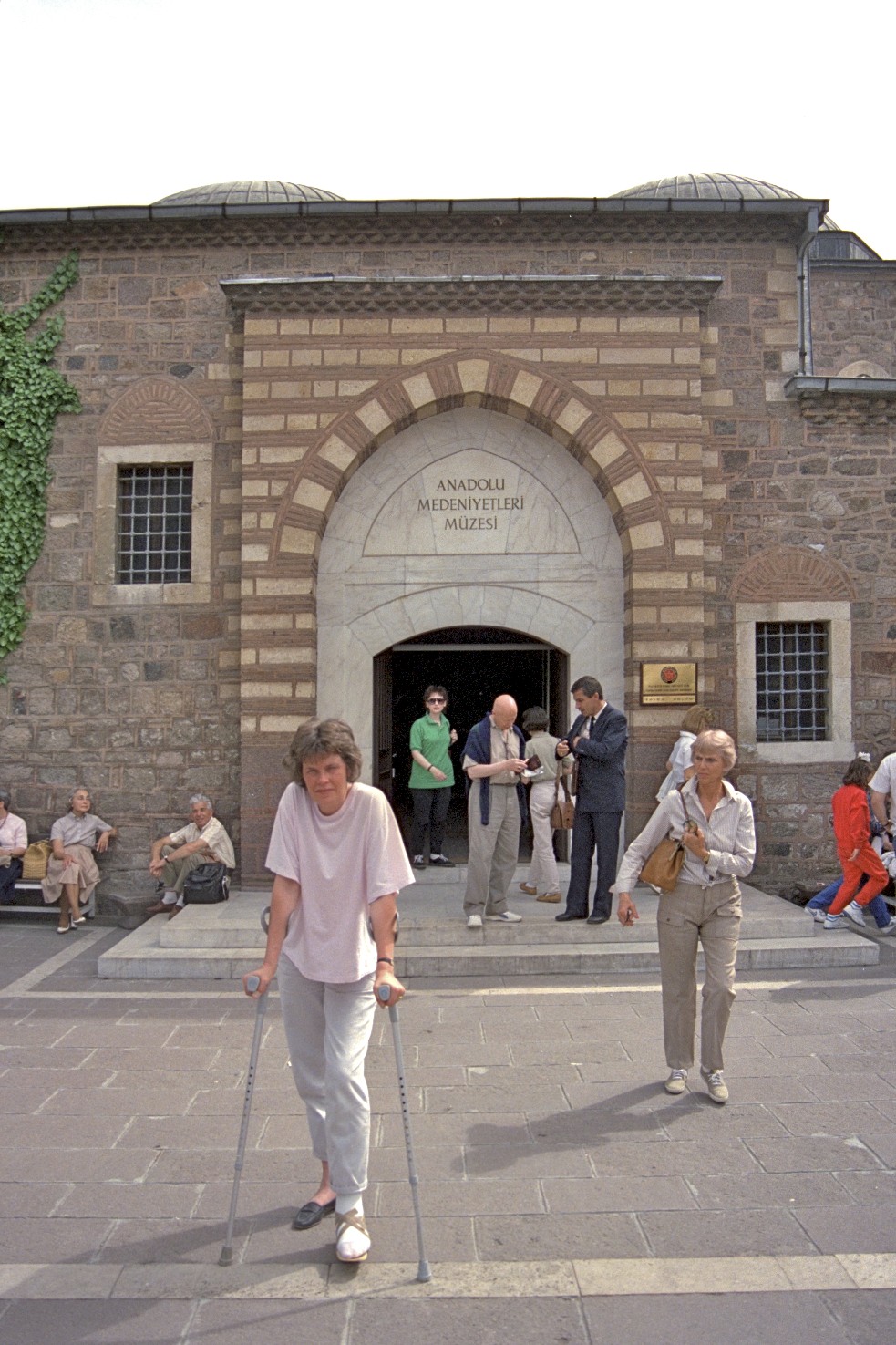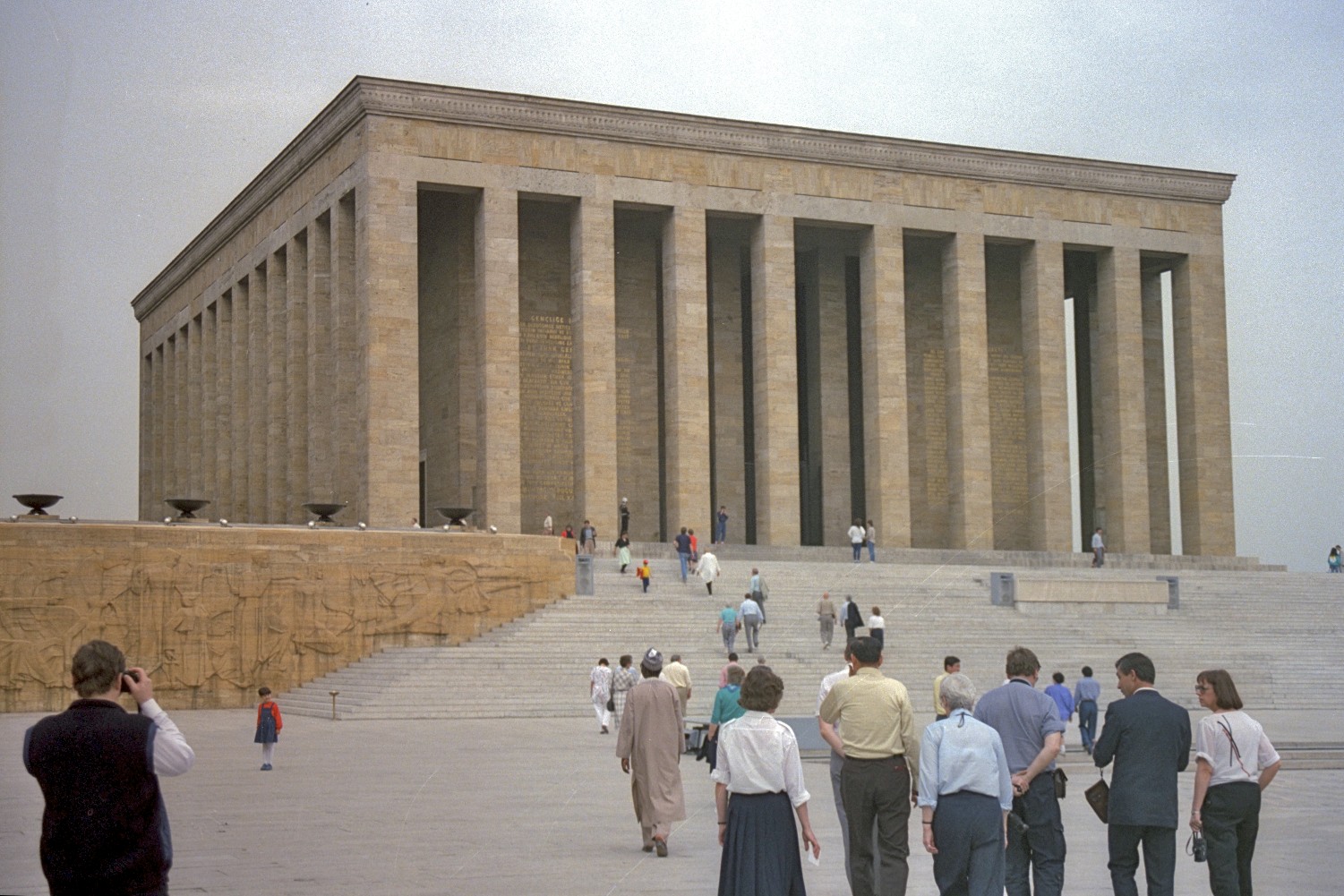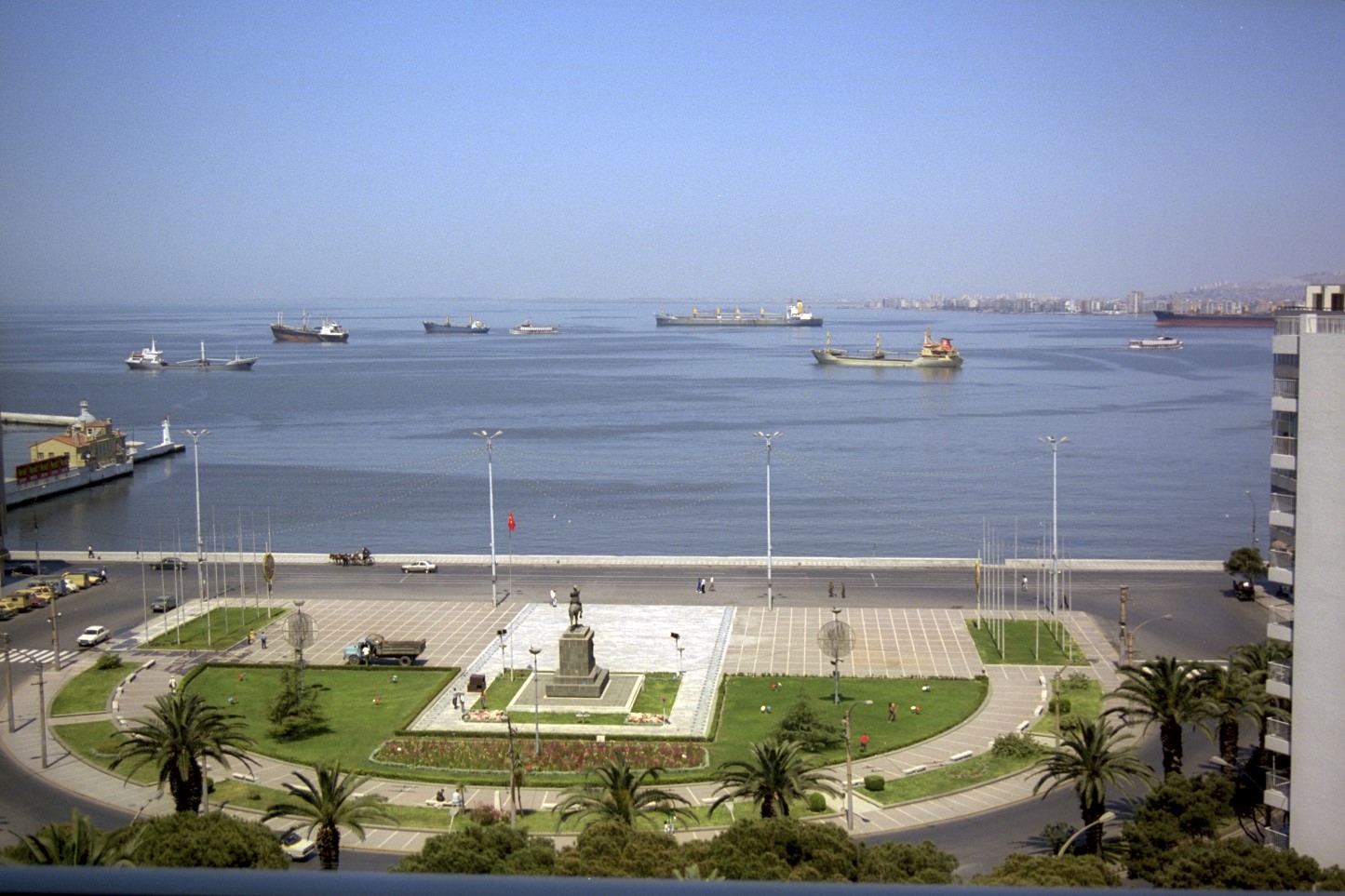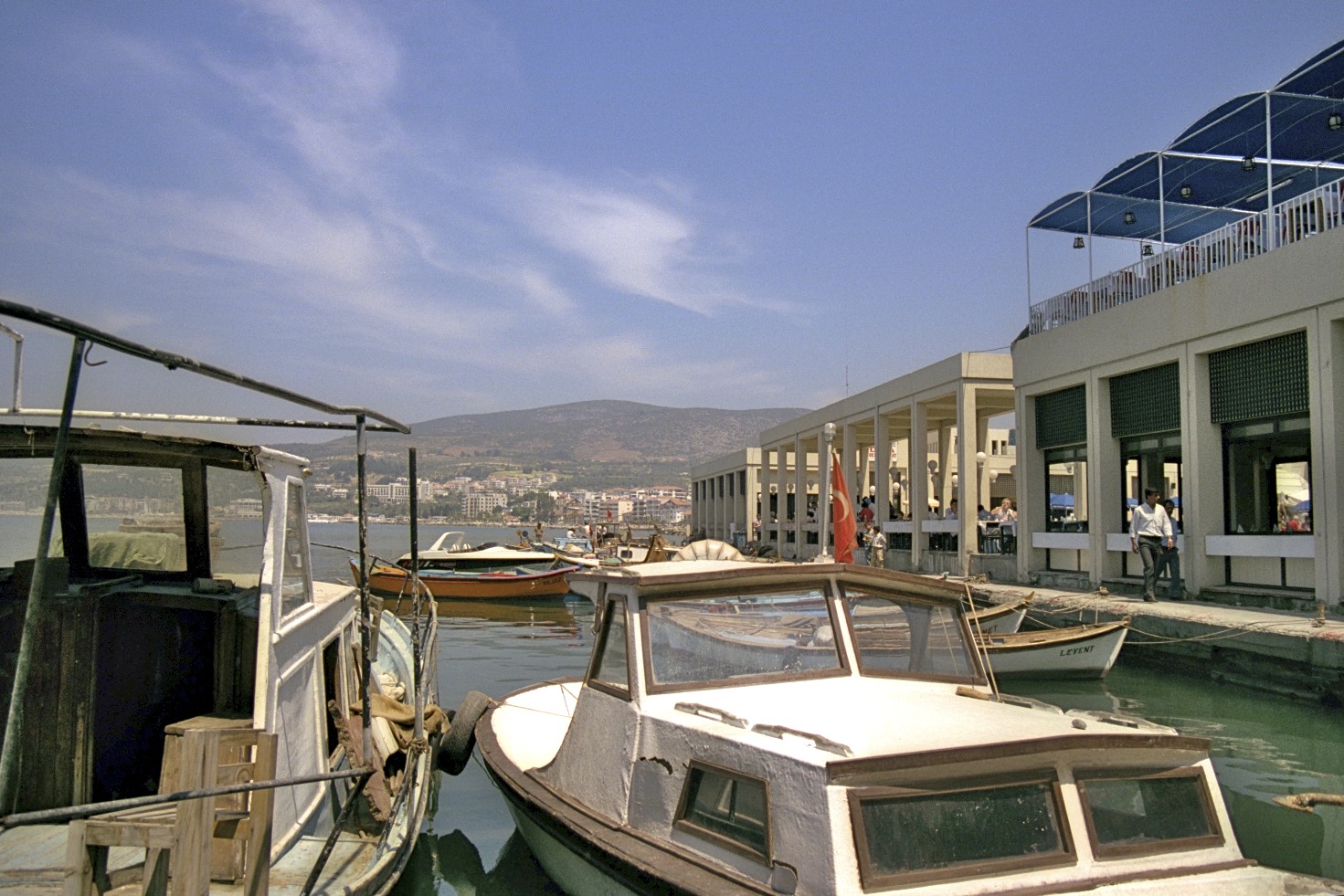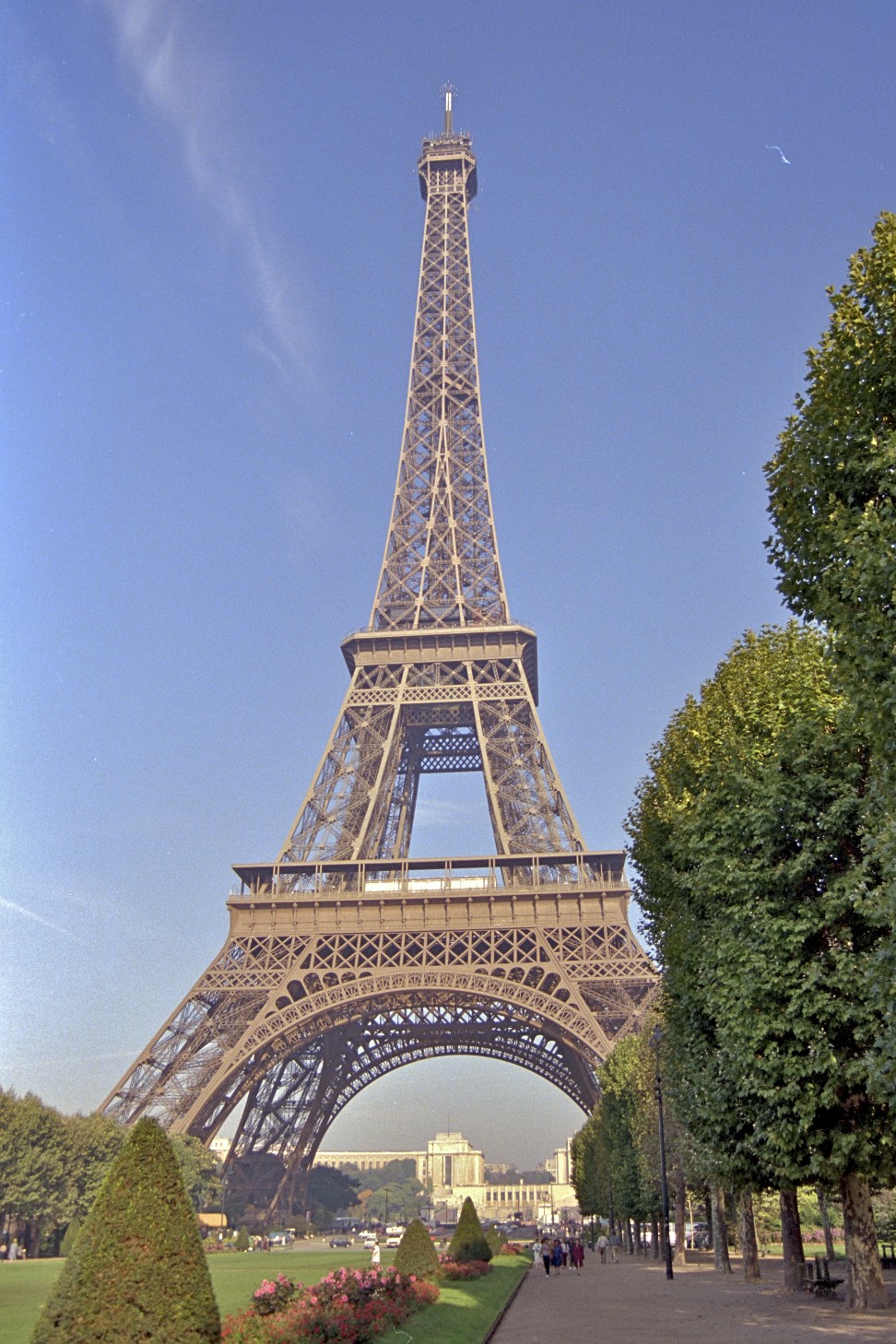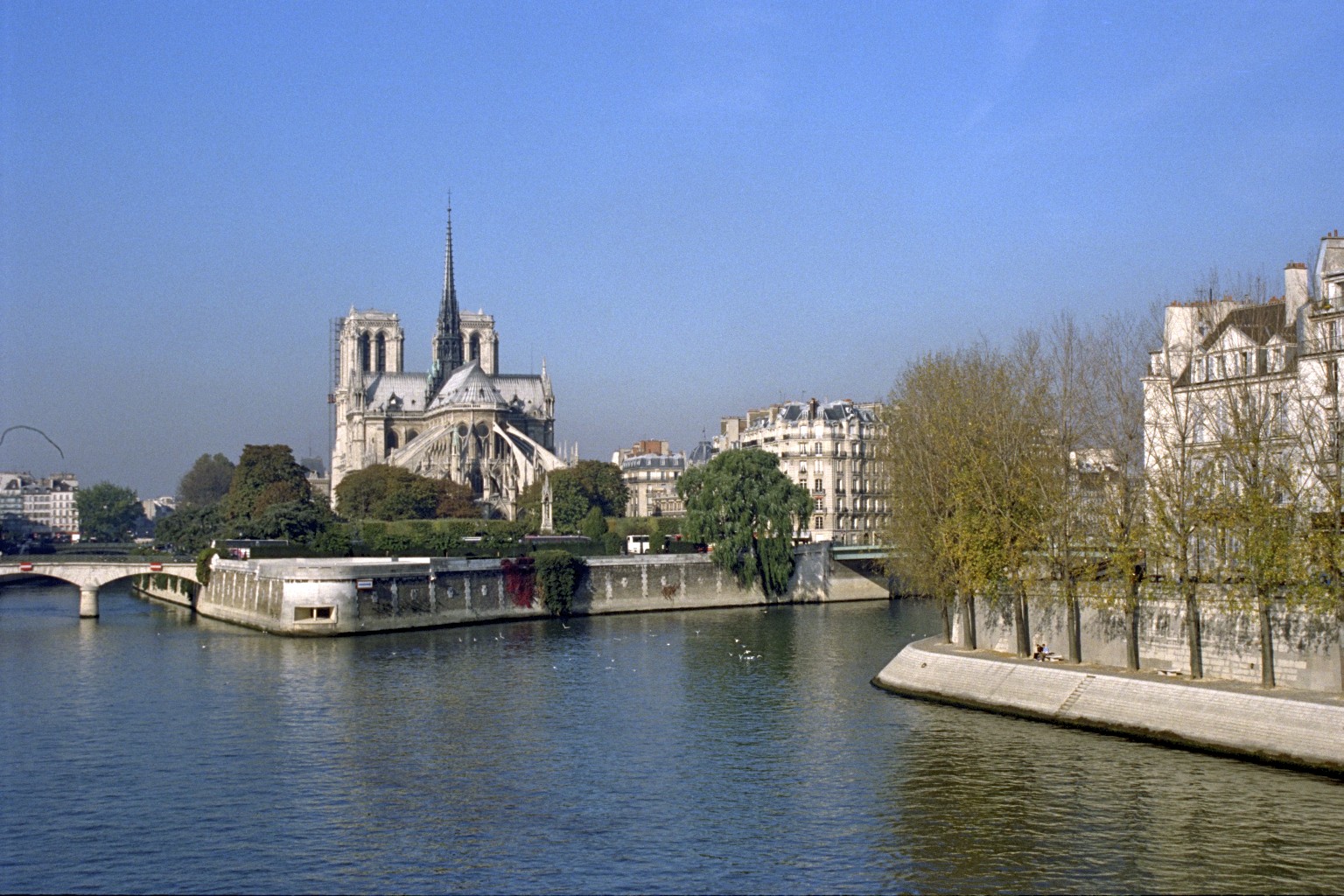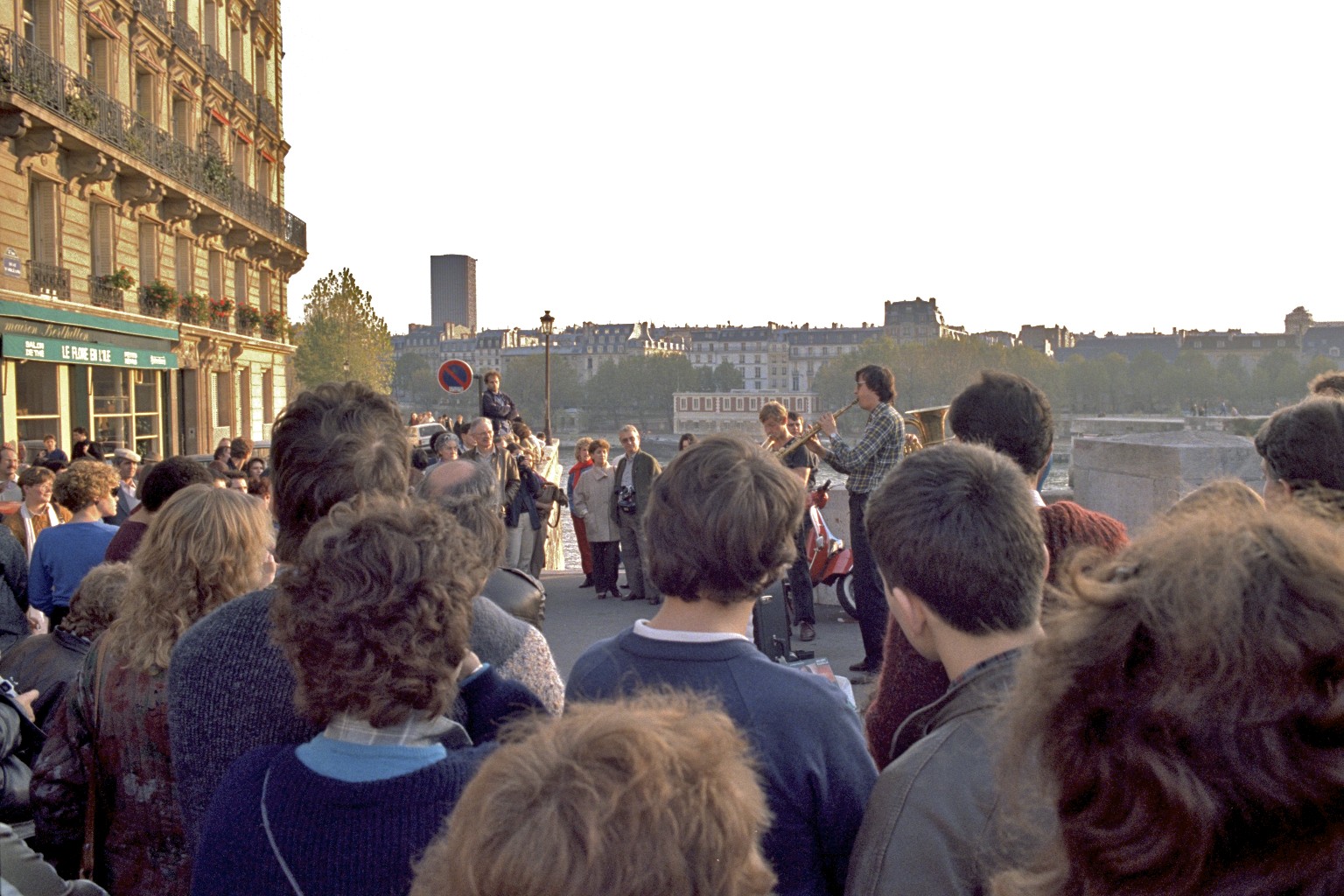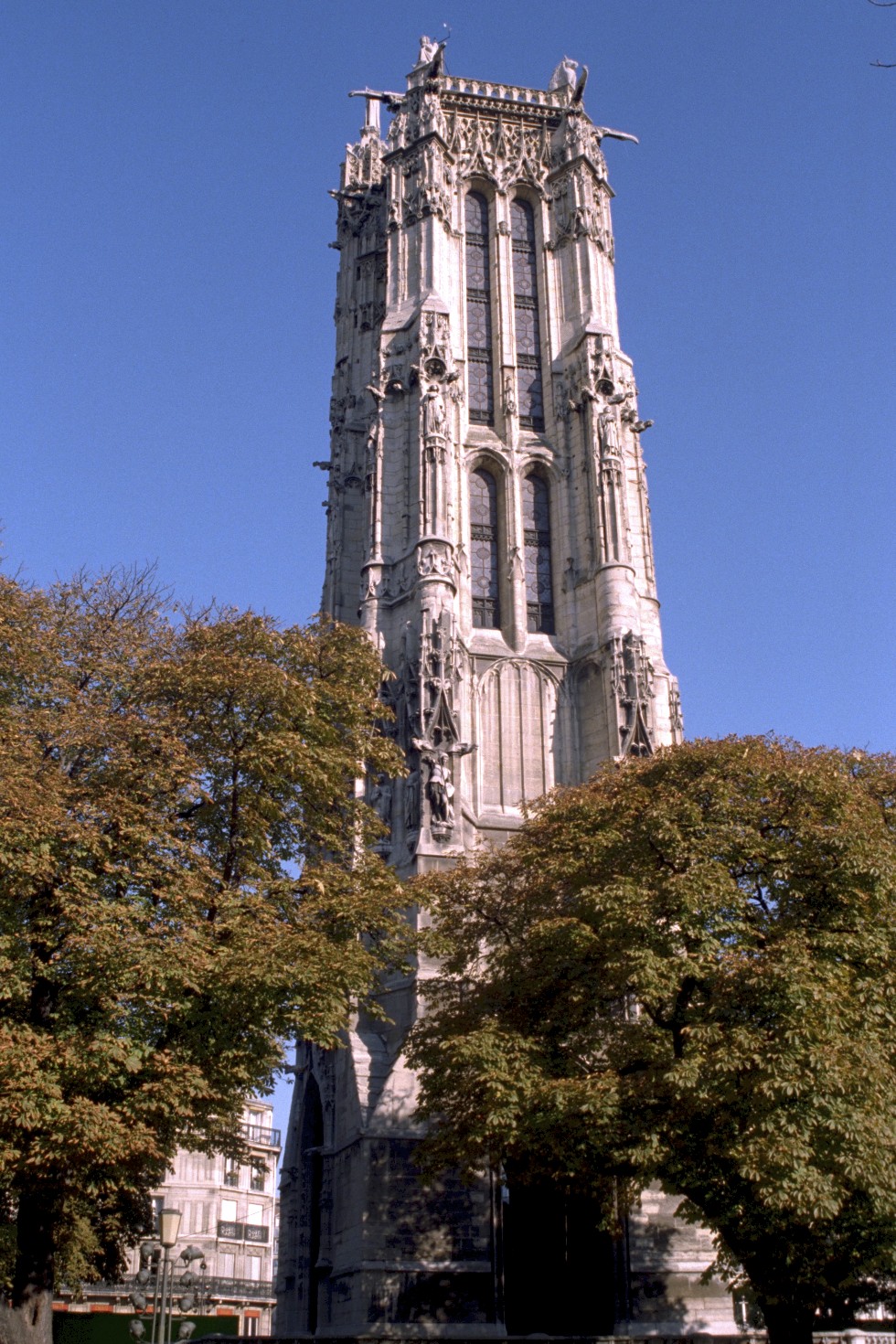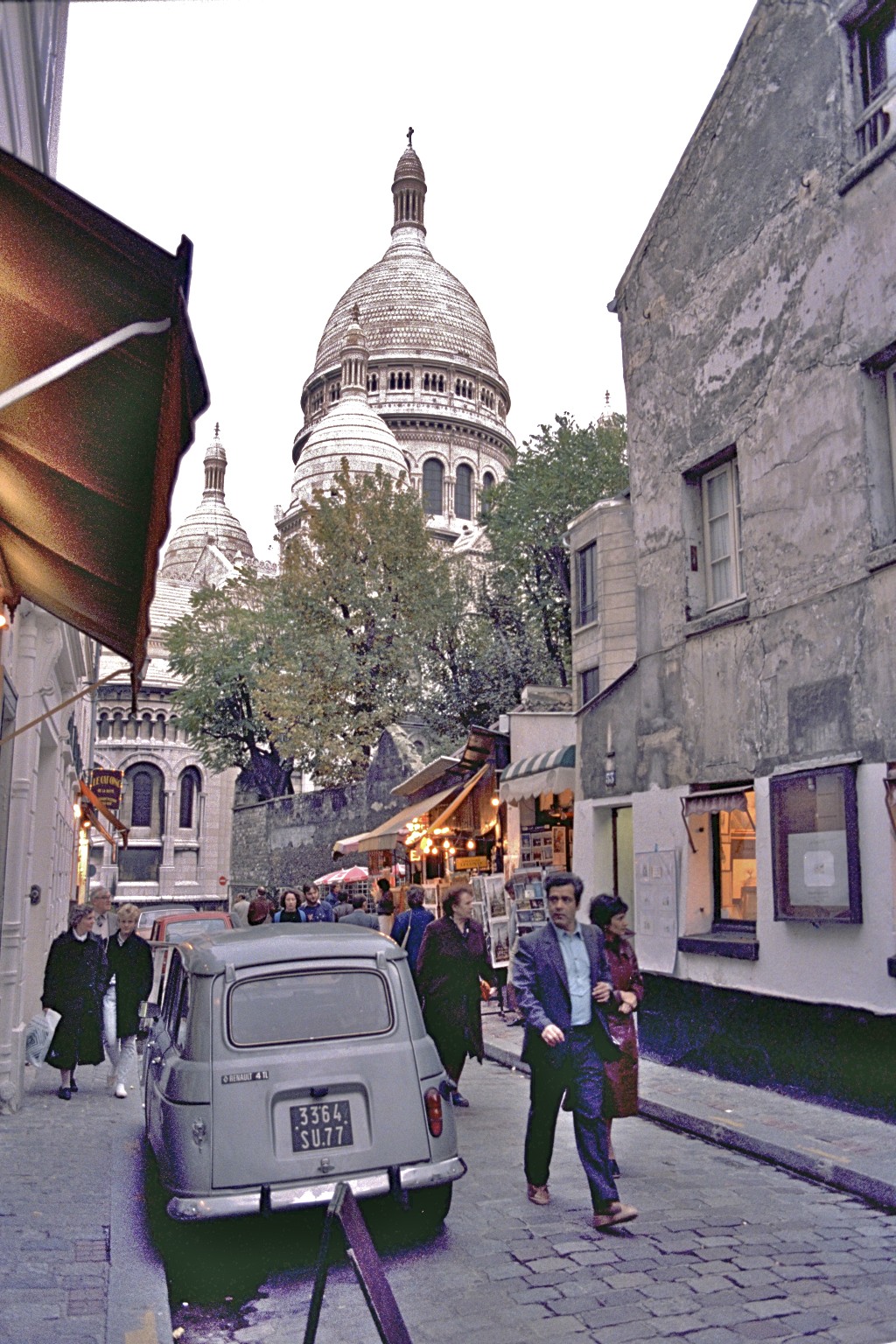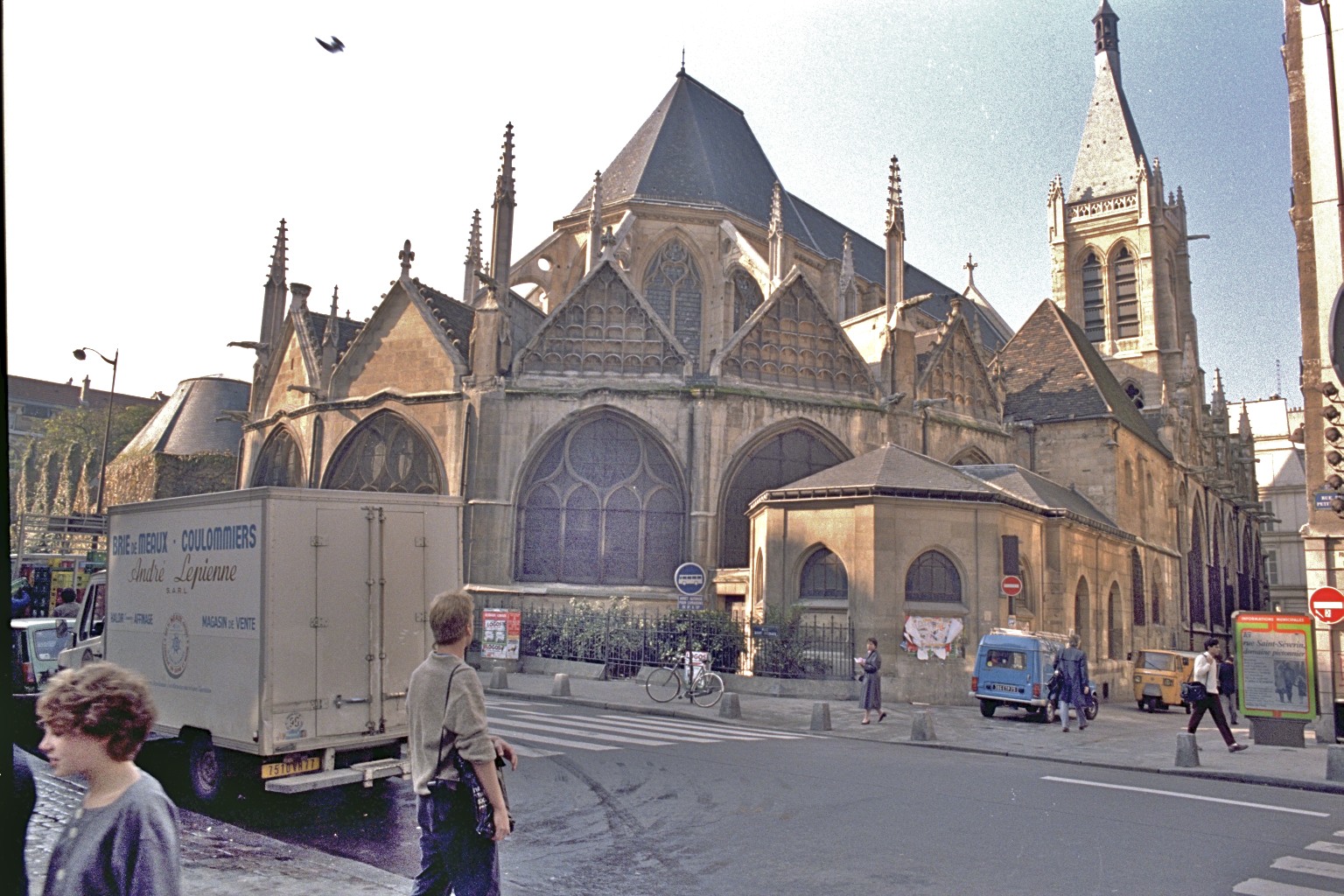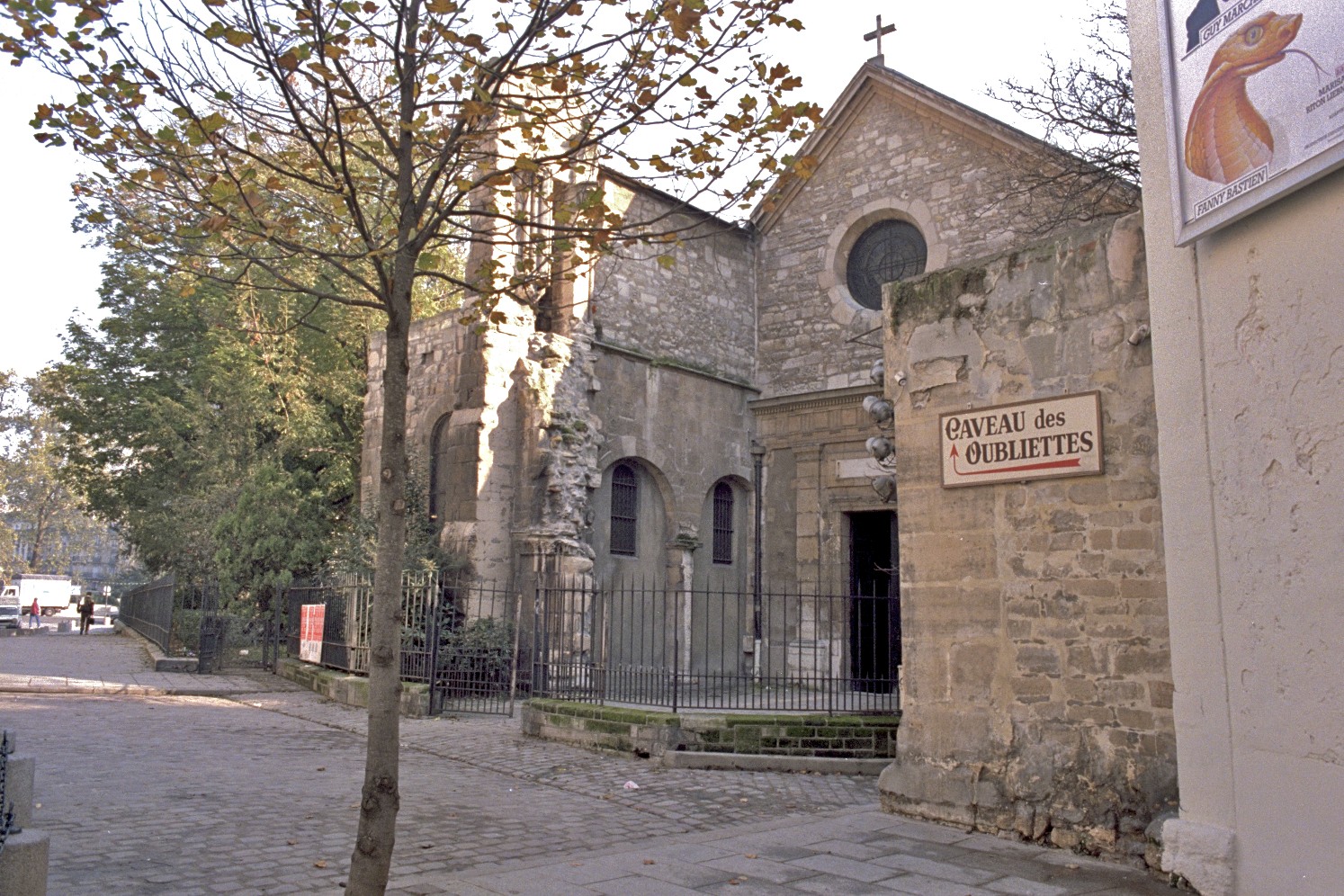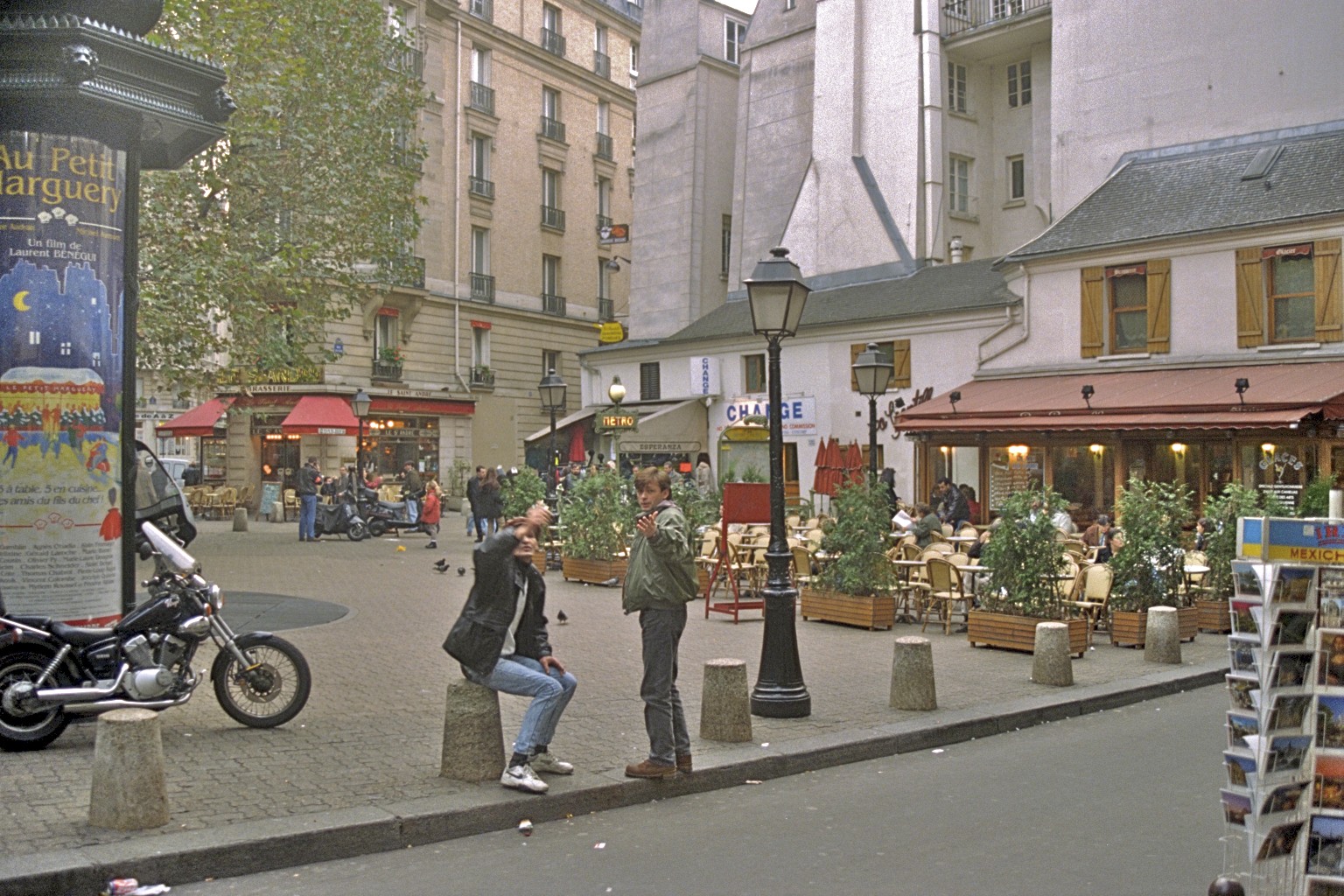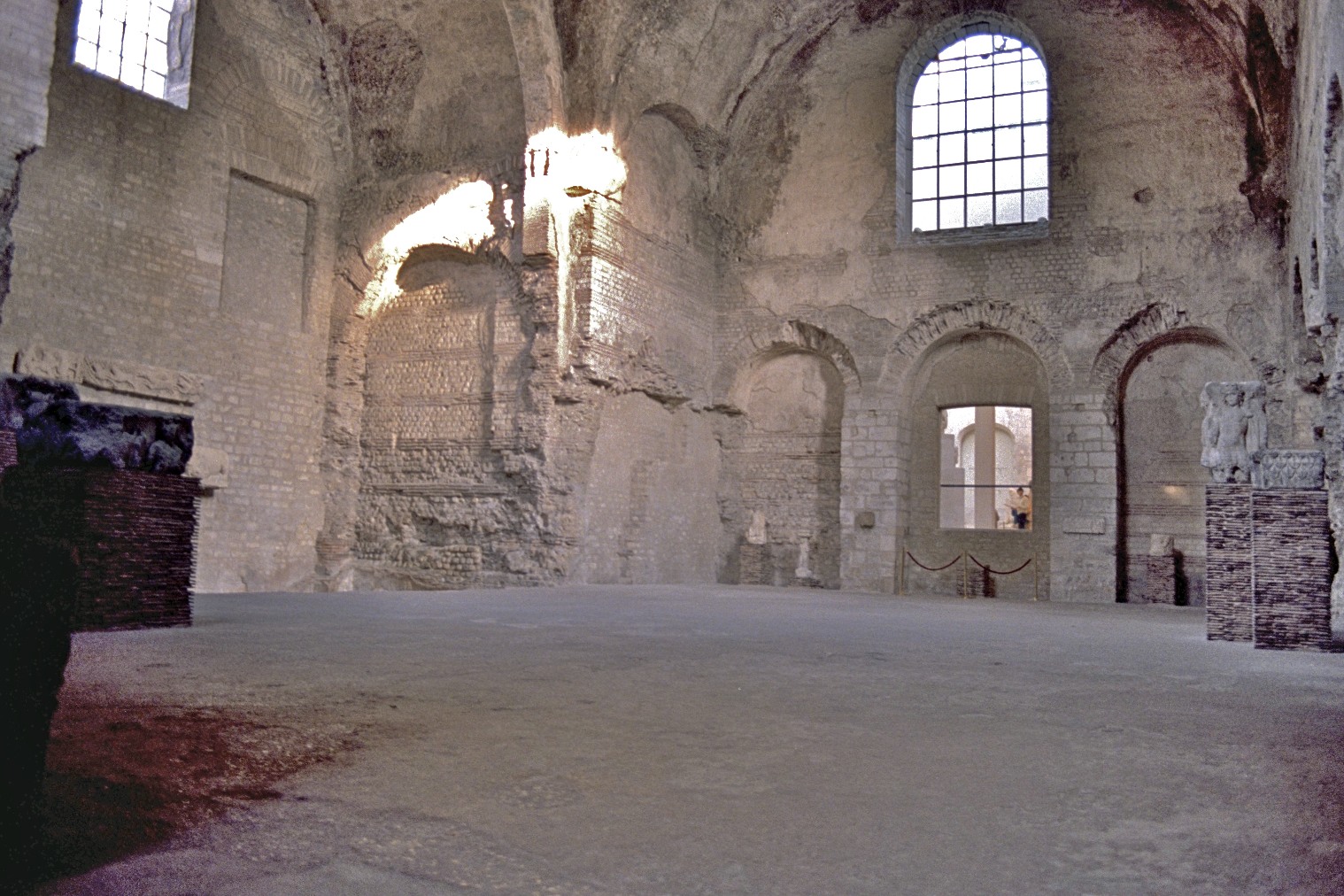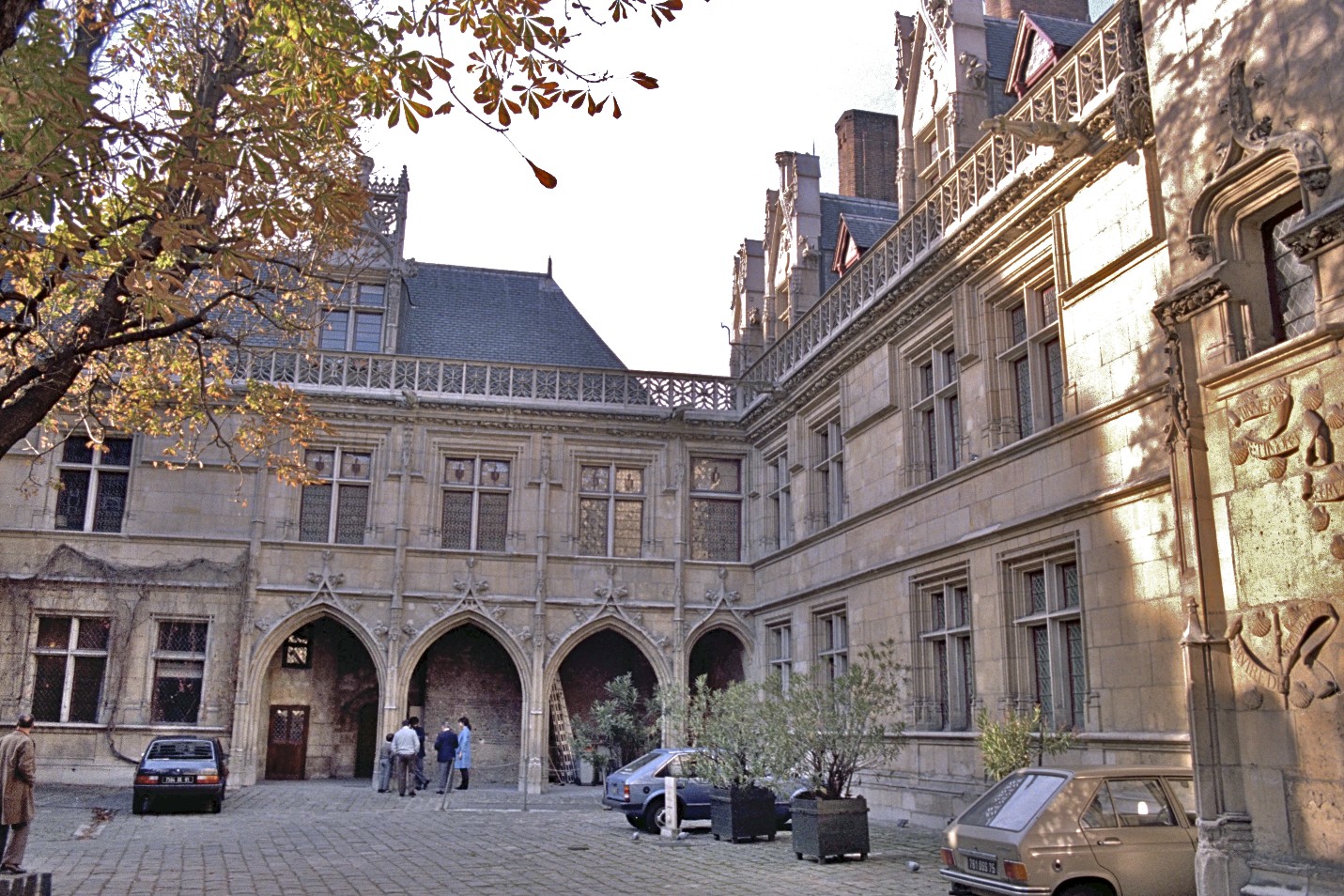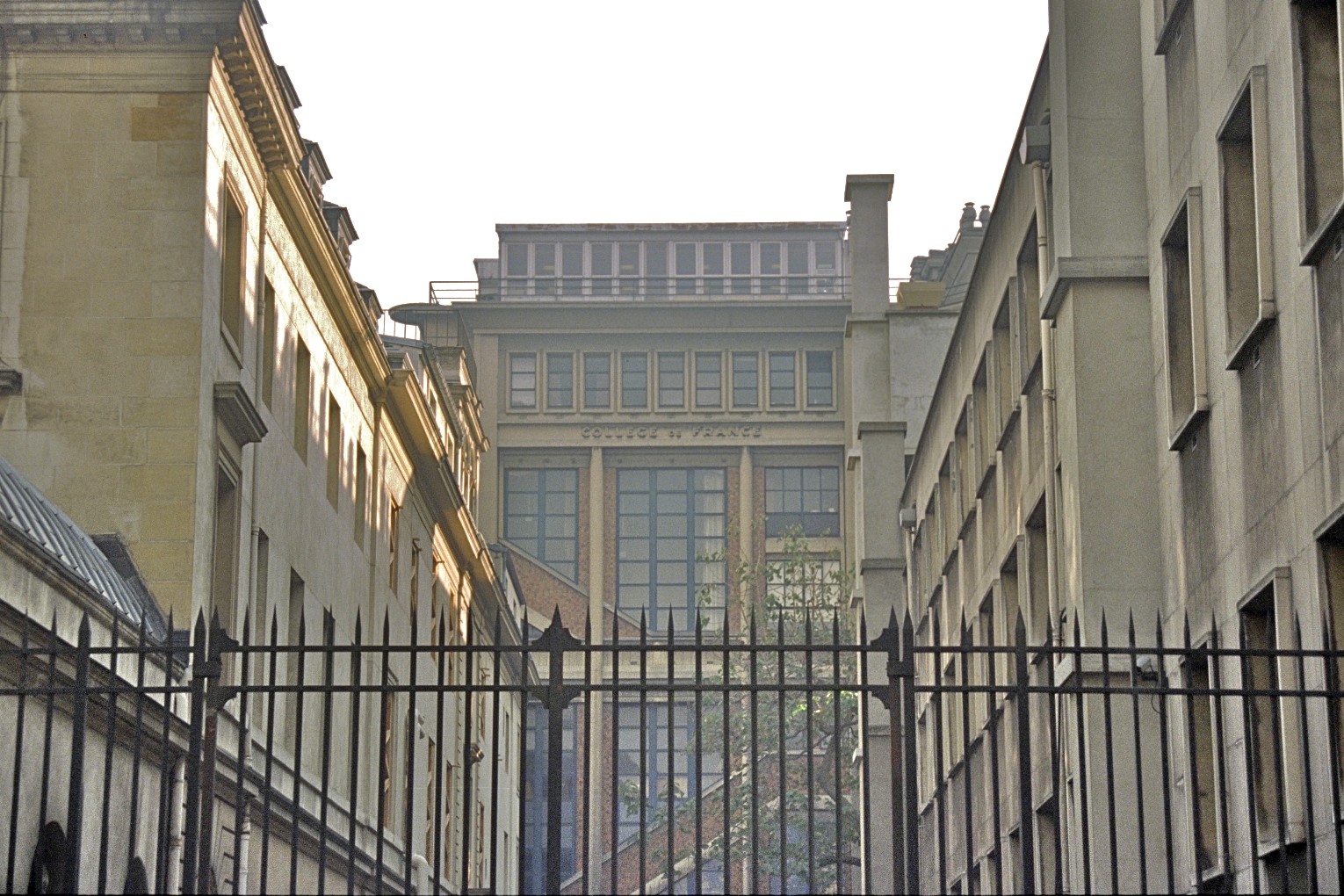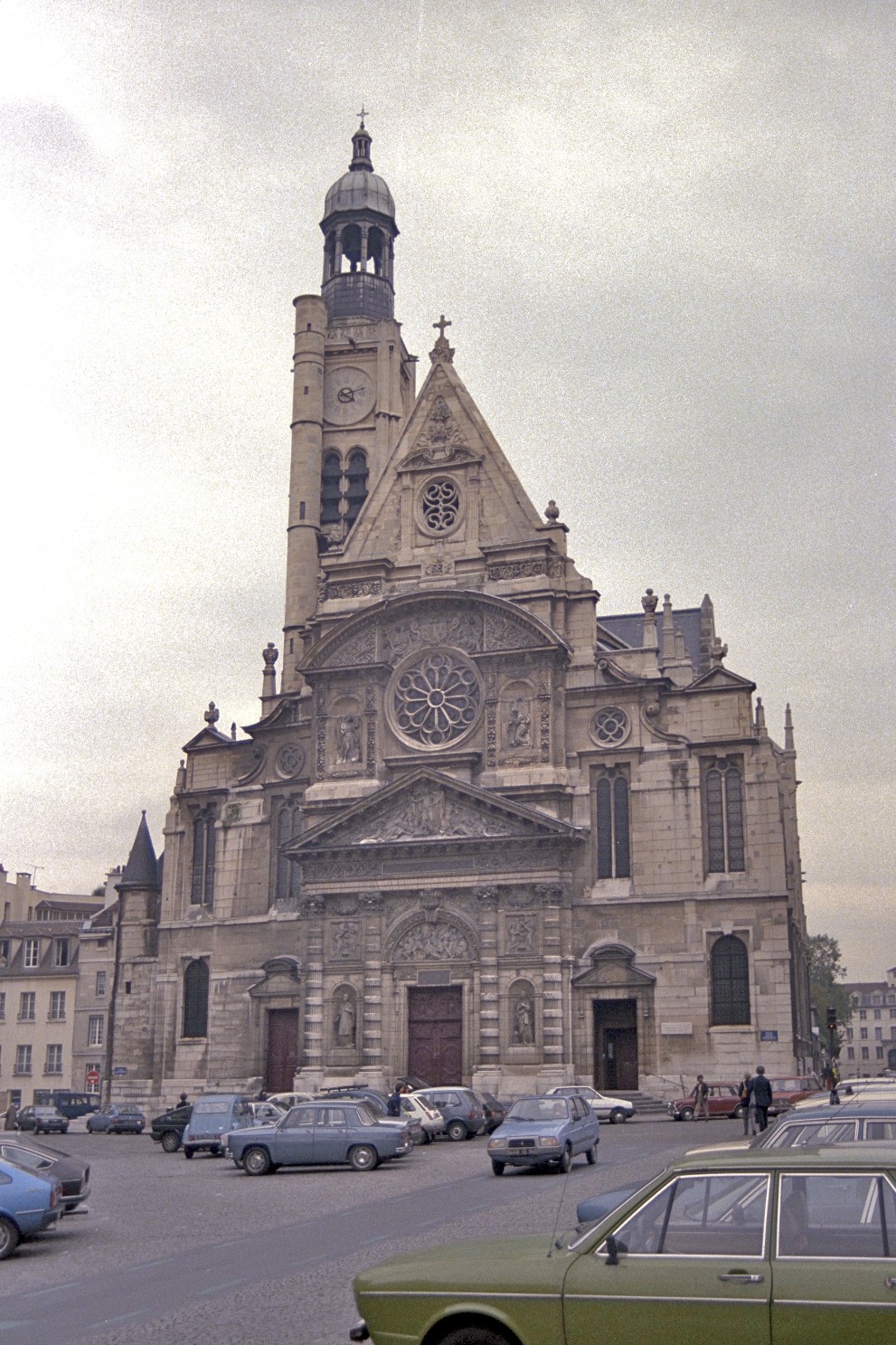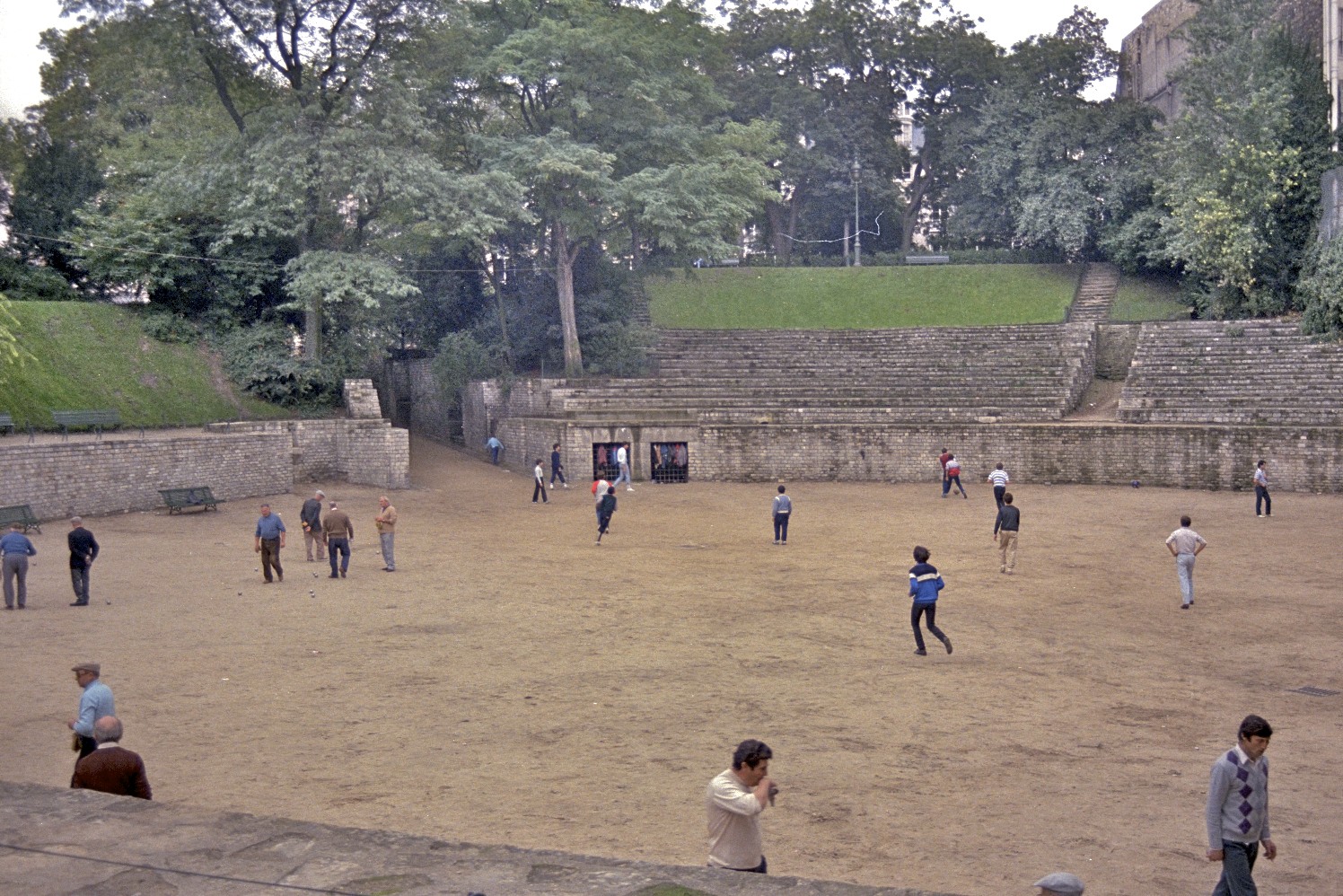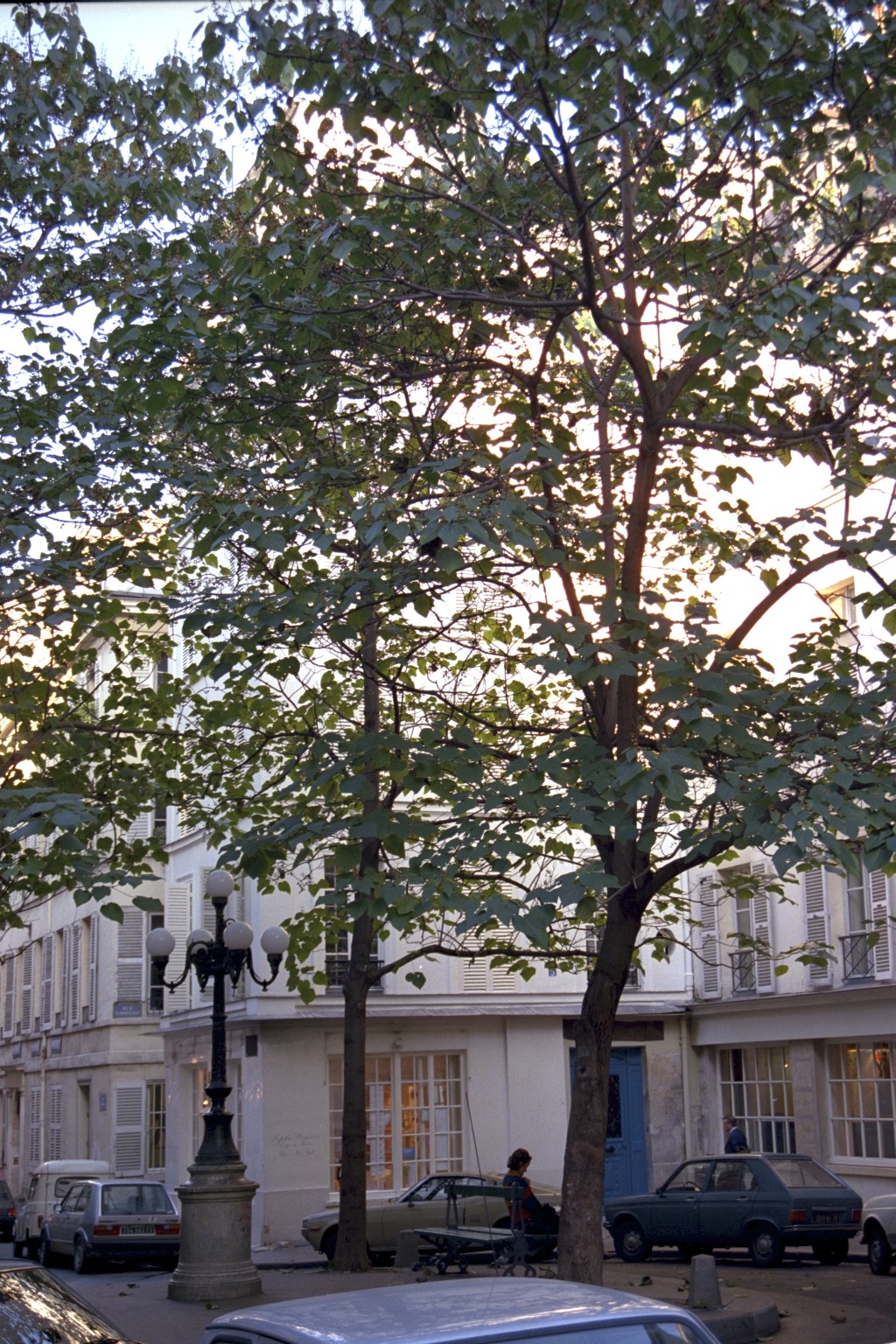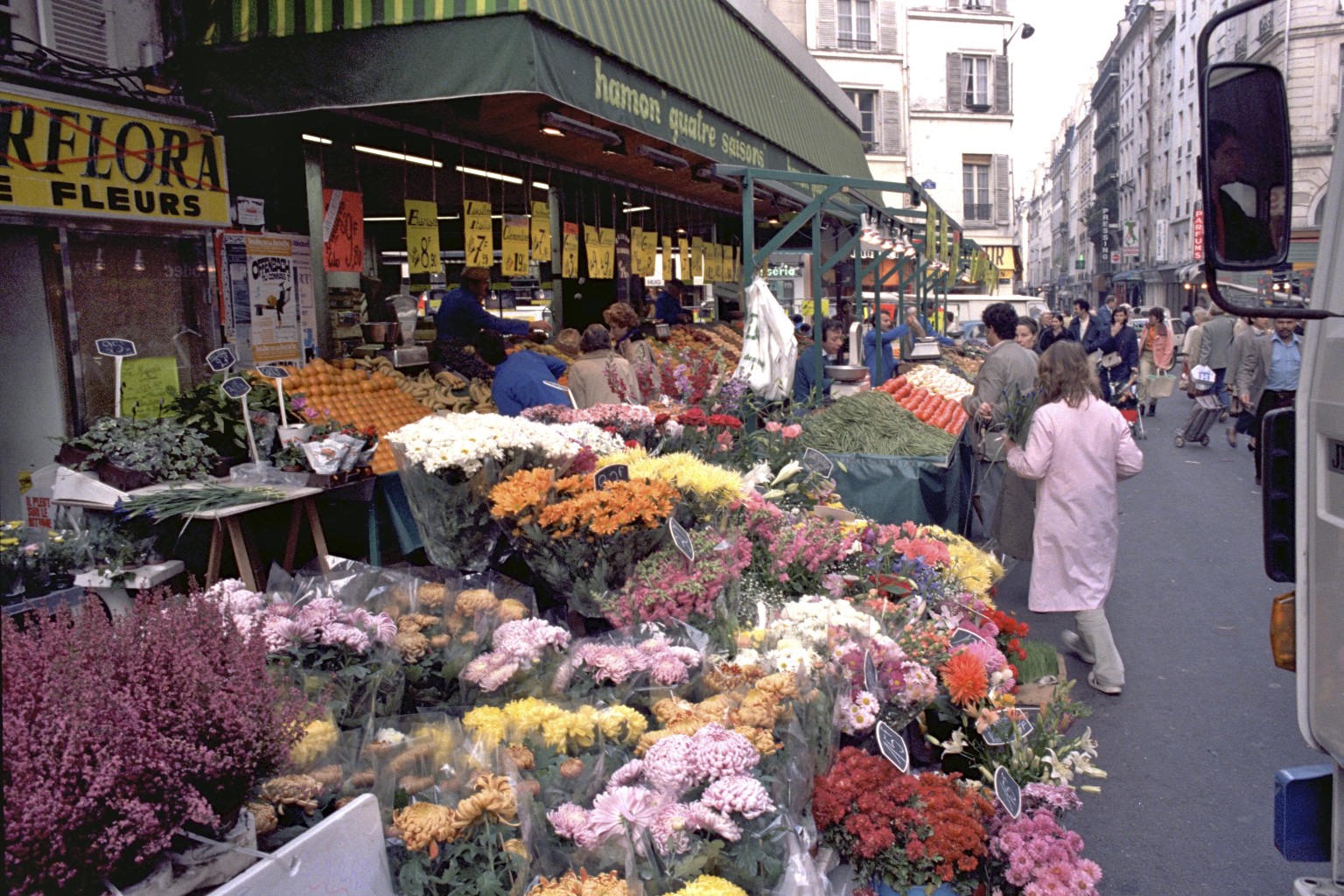
Rue de Seine
Boulevard Saint-Germain
The center of Left bank pavement café-life is around the church. We have a look around.
The boulevard lies in a curve through the 5th, 6th and 7th districts, starting at the Seine opposite Ile de Saint-Louis and ending at the Seine opposite Place de la Concorde. This part is in the 6th district, and is the cultural centre of Paris, the neighbourhood of publishers and book shops, antiquarians and art galleries, cafés and restaurants.
In the last century Montmartre was the main artists’ centre. Before World War II Montparnasse was the centre. But since then Saint-Germain has taken over as the cultural navel. In that vanguard were Jean-Paul Sartre and other existentialists such as Albert Camus and Simone de Beauvoir. Their cafés, Flore and Deux Magots are nestling here under the church.
The district is full of narrow streets, nooks and crannies, difficult for cars but the more so pleasant for pedestrians. We shall stroll around without hurry and give us time to have a look into side streets.
We go north from the west front of Saint-Germain-des-Prés, cross the boulevard and go into Rue Bonaparte. We scan Rue Jacob with quaint shops and small hotels, continue on Rue Bonaparte and turn right into Rue des Beaux Arts, with the “Hotel” where Oscar Wilde was in 1900 “dying above my means”.
Rue de Seine
We turn right into Rue de Seine.
Near the corner of Rue des Beaux Arts and Rue de Seine there is the old café Tabac de l’Institut. Rue de Seine is also a street of art galleries, and it is located in a district with the greatest number of cafés and restaurants, including Muniche.
A food and flower market in the heart of the Left bank, in Rue de Seine, from Boulevard Rue de Buci to Saint-Germain and along Rue de Buci to the west along the latter street. This is a market vibrant with colours, especially convenient for visitors to the city.


